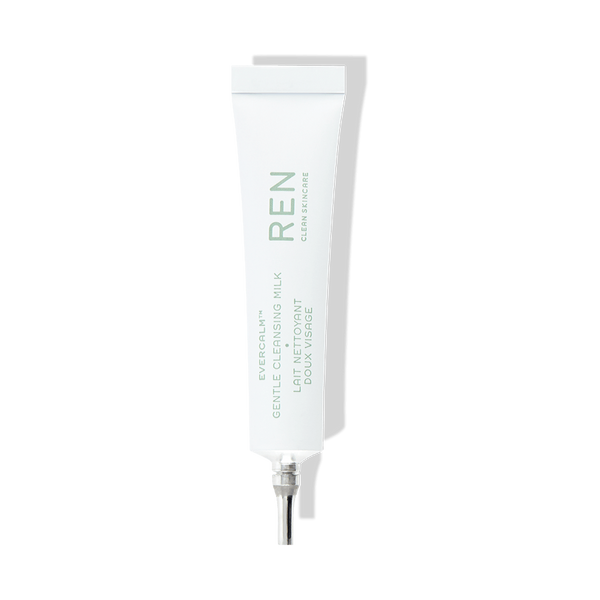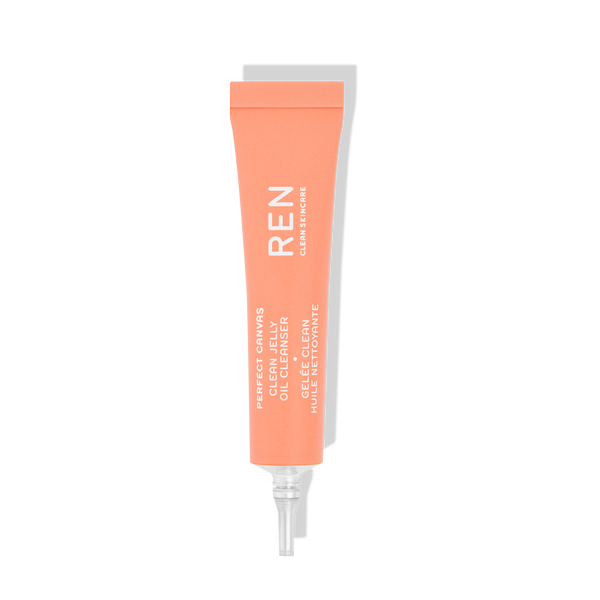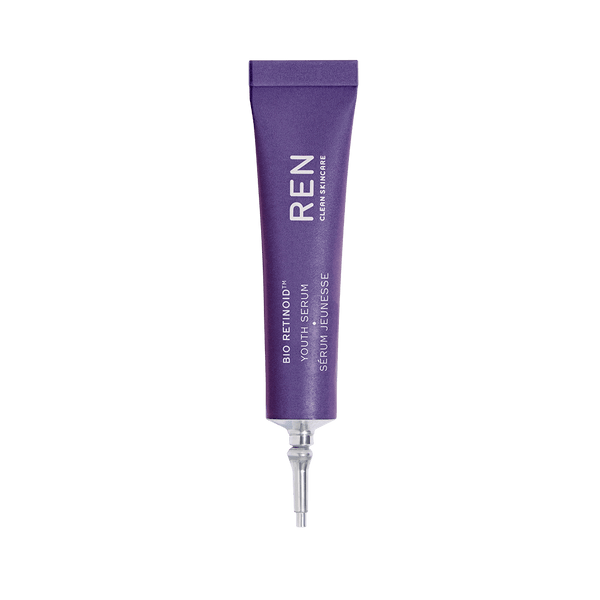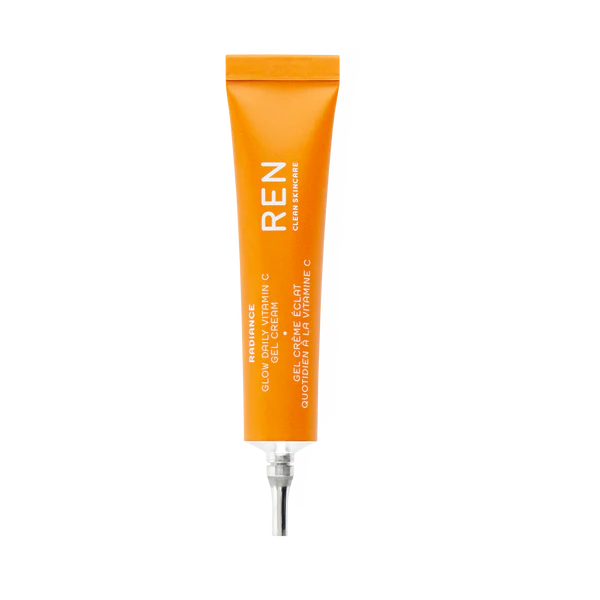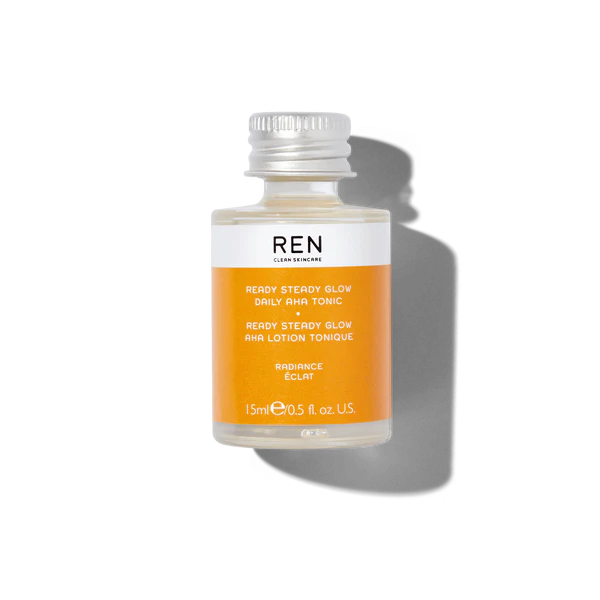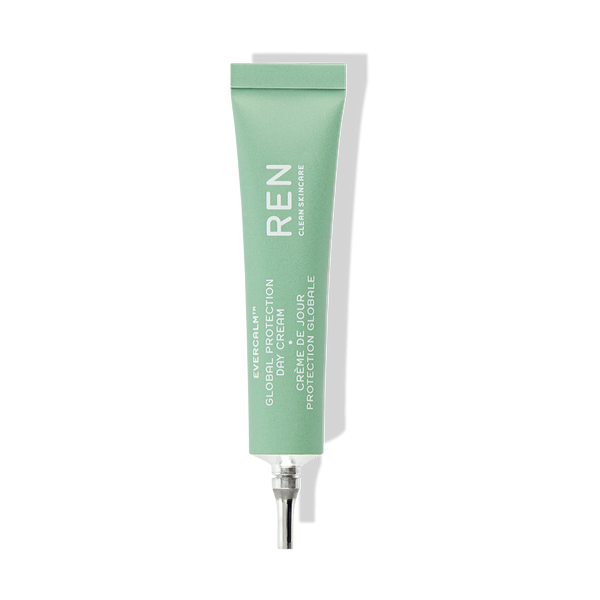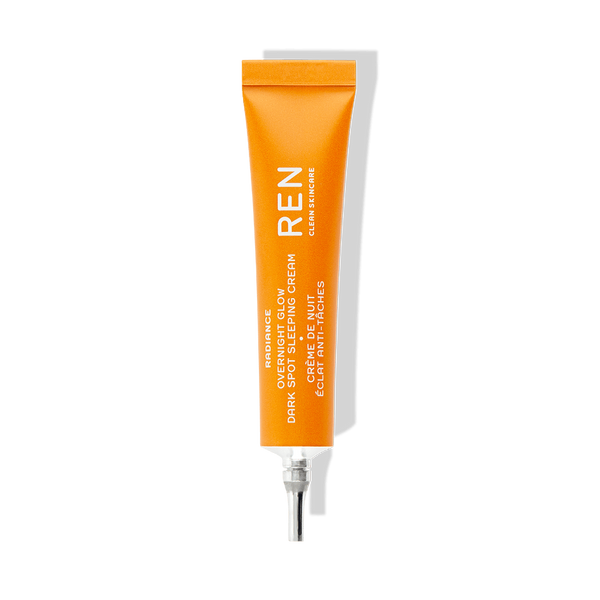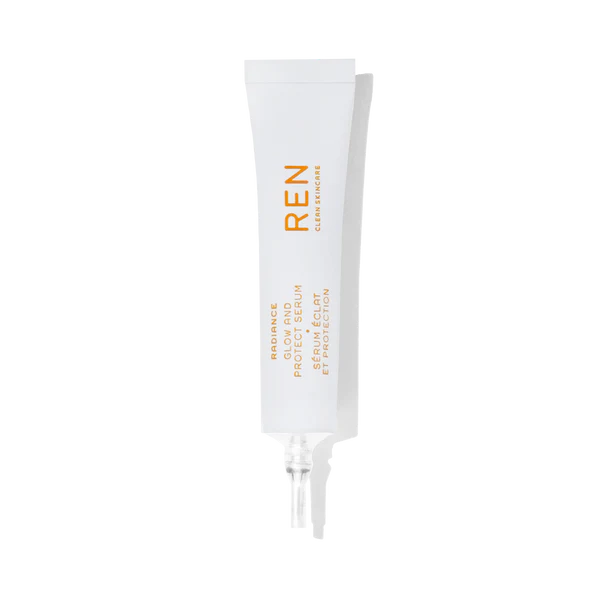Hydrating vs moisturising: what's the difference?

Let’s face it, the world of beauty can be a bit of a jungle. Things can get confusing, even for the pros who live and breathe the beauty industry. One of the top misnomers is sussing out the difference between hydrating vs moisturizing your skin.
Aren’t they the same thing? Well, no. Although a lot of people use the two terms interchangeably and they do have some overlap, they are definitely not the same! Keep reading for a mini lesson on the difference between hydrating vs moisturizing your skin.
What is Hydration?
Hydration is the name of the process of water absorption, to put it simply. In terms of your skin, hydration references the absorption of water that delivers moisture to your skin’s cells.
A high amount of water content within your skin cells enriches them and makes them plump and bouncy. This juiciness, for lack of a better term, reflects light and gives your skin that glowing, dewy appearance.
Meanwhile, low water content––otherwise known as dehydration––causes your skin cells to shrivel and dry up. The result is dull and rough skin that is the polar opposite of glowing! In layman's terms, hydration refers to increasing the water content in your body and by extension, your skin.
However, hydrating is not enough, because the water doesn’t stay in your skin for long. You may be wondering, what are other ways on how to keep skin hydrated? Enter the wonder of moisturizers. Moisturizers basically trap and seal moisture into the skin’s surface, helping keep its protective barrier strong and leaving your skin feeling supple and touchable.
If you notice your skin appears dull and dry, with fine lines and wrinkles that are more noticeable than normal, there’s a good chance your skin’s dehydrated. If so, it could benefit from using an effective and hydrating clean moisturizer. After all, let’s be real––the parched look is not a good look!
What are Hydrating Products?
Your body needs water to function, period. That includes your skin, which needs a healthy amount of that water in your skin cells for them to function properly and for your skin to look its best. Although the main way to increase water content in your skin is to drink plenty of water and eat fruits and vegetables with high water content, there are other ways to boost skin hydration, too. That’s where hydrating skincare products step onto the scene!
Hydrating products can be anything, from facial cleansers, to creams, to serums. Applying a hydrator to your skin allows your skin cells to absorb moisture and water, making them swell.
Humectants are ideal hydrators in skincare. Humectants are products or ingredients that are structurally designed to attract water molecules from your surroundings.
Basically, they are hydrophilic ingredients that prompt the formation of hydrogen and water molecules. Humectants can not only draw out water from your surroundings, but it can also draw water from the deeper layers of your skin––such as the dermis––up to the top layers of the skin.
When the humidity in your surroundings is high, humectants can easily draw out moisture from the air. However, when the humidity levels are low, there isn’t enough moisture in the air for the humectant to lock on to. In that case, it draws the water from your dermis.
Unfortunately, that means there’s a catch 22, because sometimes depending on the climate, humectants can contribute to the dryness of your skin instead of providing a remedy.
That’s why it’s important to understand the function of skincare ingredients before deciding which ones you will use. Hydrators generally suit all skin types, as they don’t contain any alcohol, and are water-soluble.
Some commonly used humectants include:
Hyaluronic Acid
Hyaluronic acid is a natural part of your skin’s structure and is a glycosaminoglycan, which is a compound that regulates cell growth and promotes cell adhesion. Hyaluronic acid can carry up to 1000 times its weight in water. All of this water is then absorbed into the skin barrier and replenishes all skin cells.
Alpha Hydroxy Acids
AHAs are naturally derived skincare ingredients. They basically work as exfoliators and remove the layer of dead skin cells from the surface of your skin. This allows hydration products to penetrate the skin barrier. The most common AHAs are lactic acid, glycolic acid, and mandelic acid, out of which lactic and mandelic acids are both powerful humectants.
Glycerin
Glycerin, also called glycol, is a naturally occurring humectant that is water-soluble and odorless. Glycerin is commonly paired with occlusives. Occlusives are a type of moisturizer that forms a protective layer on the skin to prevent moisture loss. Applying glycerin along with an occlusive ensures that the water attracted by the humectant is sealed with the occlusive. Try saying that three times fast!
Glycol Compounds
Propylene and butylene glycol are the most common glycol compounds used as humectant moisturizers. They also clear the skin and remove any product that may be leftover, to ensure the hydrators absorb and work efficiently.
Honey
Honey is a supersaturated natural ingredient that is rich in vitamins, amino acids, and enzymes. It works excellently as a humectant to soften and smooth the skin.
Aloe Vera
Aloe vera is another example of a natural humectant. It can be used both in liquid or gel form and goes right into the skin for quick hydration. It’s one of the reasons people love it for after-sun care.
What is Moisturizing?
The major difference between moisturizing and hydrating is not in the products used for it, but the way the process is done. Both types of products nourish and strengthen the skin, but follow different techniques to do it.
Moisturizers are emollients that are formulated to protect, lubricate, and moisturize. Moisturizing refers to the locking in of water to build and strengthen the natural protective barrier of your skin. Natural and healthy-looking skin features a lipid barrier that protects against water loss and damage. However, when your skin is dehydrated, it doesn’t produce enough lipids to form that protective barrier, which results in a continuous failure to lock in moisture.
What are Moisturizing Products?
Moisturizing products abound in the skincare space. But, how do you choose the best moisturizer for your skincare needs and how often should you moisturize your face depending on skin type? Moisturizing creams and lotions are available in a variety of formulations, and may be light or heavy depending on your needs. They are often specially designed for different skin types, or to target special skin concerns, and may have different formulas for different seasons. Different formulations include:
Summer Moisturizers
Warm, humid weather is a time of the year that you see a lot of sweating. A heavy moisturizer applied to your face in the summer will not allow your skin to breathe, and could also clog your pores due to sweating. Because of those caveats, a lightweight gel or lotion moisturizer is a popular choice for the summer season.
Winter Moisturizers
Cold, windy weather on the other hand, causes your skin to dry out. In that case, your skin requires heavier moisturizing products that not only nourish your skin but also form a layer between your skin and the elements.
Blemish-Prone Skin
Blemish-prone skin can be both dry and oily. When choosing a moisturizing product, it’s best to focus on blemishes and not on a dry or oily skin type. The most suitable moisturizers for this type of skin are lightweight formulas to ensure sure they don’t clog your pores. Lotion moisturizers tend to contain less oils and more water and may be a good choice.
Dry Skin
For dry skin types, obviously, you need all the moisture you can get! The best bet is to go with an emollient formulation. Emollients are ingredients that are designed to soften and soothe parched, rough skin. Emollients work by filling in the micro dry spots and cracks in the skin’s surface with lipids. The result? Smooth, soft, touchable skin!
Oily Skin
Similar to blemish-prone skin, oily skin is best matched with a lightweight moisturizing product. A gel formula may be your best bet, since it’s virtually oil-free and can help to balance out your skin.
Combination / Normal Skin
For combination skin, you’ve got it made! You can typically go with gels, lotions, or cream formula moisturizers with no ill effects. The best thing to do is experiment with different products to discover which ones work the best.
We know the difference between hydrating and moisturizing can seem a bit confusing on the surface. But once you understand the terminology and the different ways that hydrating and moisturizing work, it makes choosing the best skin care products for your skin’s needs a breeze!
About the Author
Camille Poggi is a doctor in Pharmacy (PharmD.) and is passionate about skincare and how the skin works in general. She specializes in the cosmetic industry and worked for renowned companies in France like L’Oréal and Chanel before moving to London. After being a training manager for 4 years, Camille is at ease with explaining how products work in the skin and how to adapt her speech according to the audience.
She joined REN in January 2020 as International Training Manager and moved to the Research & Development team earlier this year to be the new Scientific Education Manager. A tailored-made role where she assesses and leads all technical communication and ensures scientific compliance is always met. She’s also involved in new product development from the earliest stages. Finding a way to create sustainable skincare products and making sure the message is properly delivered and understood is definitely a big challenge but also her favourite part working for REN.
- Tags: dry skin


